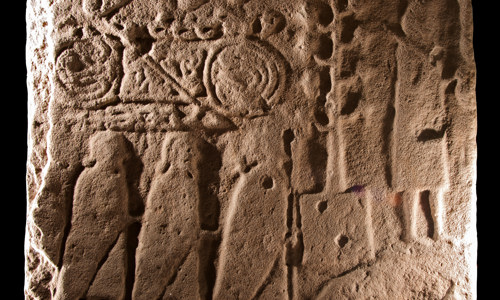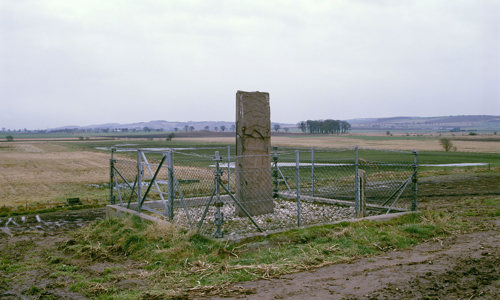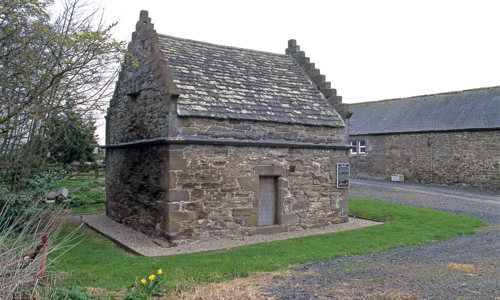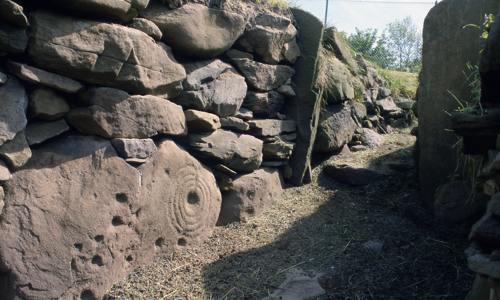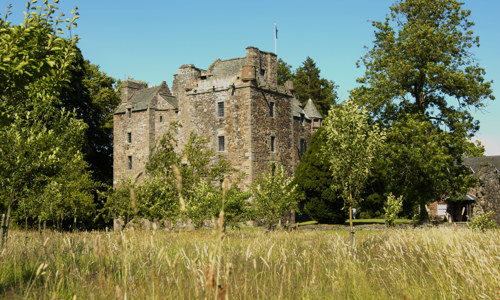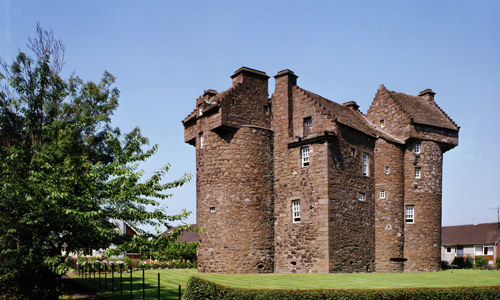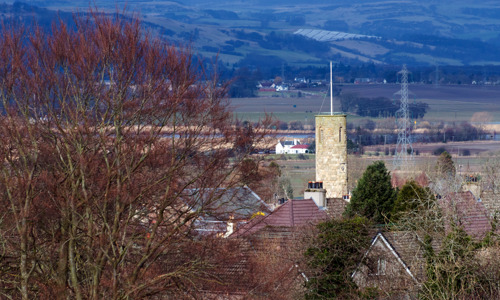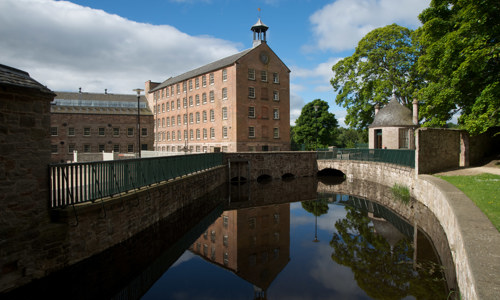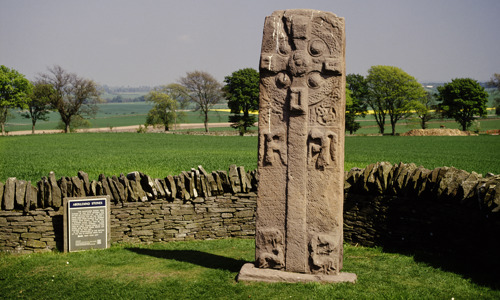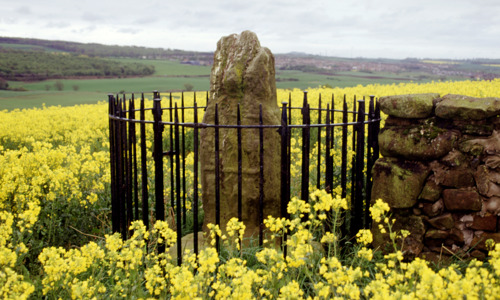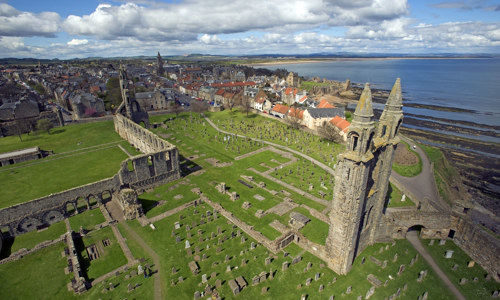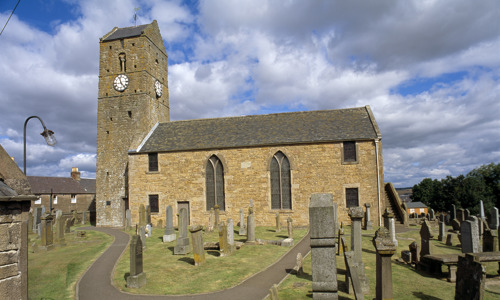History
Meigle Museum’s vast collection of Pictish carved sculpture showcases both the creativity of Pictish society and the skill of its stone-carvers.
On display at Meigle are:
- cross-slabs
- recumbent gravestones
- a ‘hogback’ stone
- rare architectural fragments
We know very little about the Picts. Most of what we’ve learned of their beliefs has come from studying the symbols carved on stones such as those at Meigle. Much of the sculpture on display is made from local sandstone and is overtly Christian.
The museum, a former schoolhouse, backs onto the graveyard where most of the stones were found. The present church at Meigle dates from around 1870, but there’s probably been a church on the site for more than 1,000 years.
Pictish church at Meigle
The Picts were a group of tribes who lived in Scotland, north of the Forth, until the late 800s. They began to convert to Christianity from as early as the 5th century. Architectural fragments on display suggest that the Pictish church at Meigle was a complex building.
Meigle was an important power centre in early medieval Scotland. The royal estate at Migdele (Meigle) is mentioned in the time of King Ferat (839–42) – also known as Wrad – shortly before Kenneth Mac Alpin became king of the Picts as well as of the Scots.
Many of the carved stones may have been grave-markers for the warrior elite. Some of them are portrayed on the stones with their weapons or hunting, a favourite pastime.
Legend of Queen Guinevere
The majestic cross-slab known as Meigle 2 dominates the collection. It stands 2.5m high and probably stood by the churchyard entrance.
Meigle 2 features:
- a wheel-headed cross with raised bosses, resembling the rivet heads of metalwork
- interlaced images of beasts on the shaft
- Daniel in the lions’ den on the reverse, at the centre of other carvings showing hunting scenes
Meigle 2 is said to have marked the grave of Vanora, better known as Queen Guinevere, wife of King Arthur. Abducted by King Mordred, local tradition says she was held captive on Berry Hill, near Meigle. When Guinevere returned to Arthur, he sentenced her to death – believing her to have been unfaithful – by being torn apart by wild beasts.
The scene on the back of Meigle 2 showing Daniel and the lions was believed to depict this grisly event.


